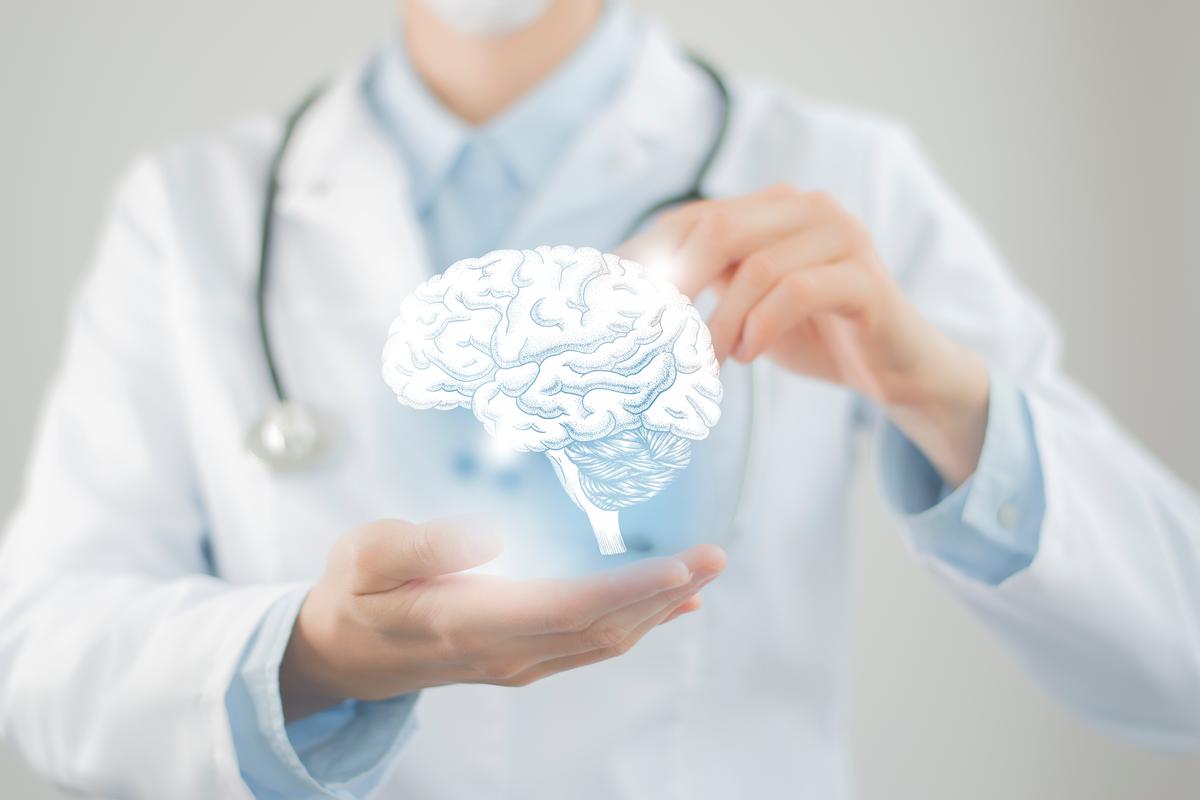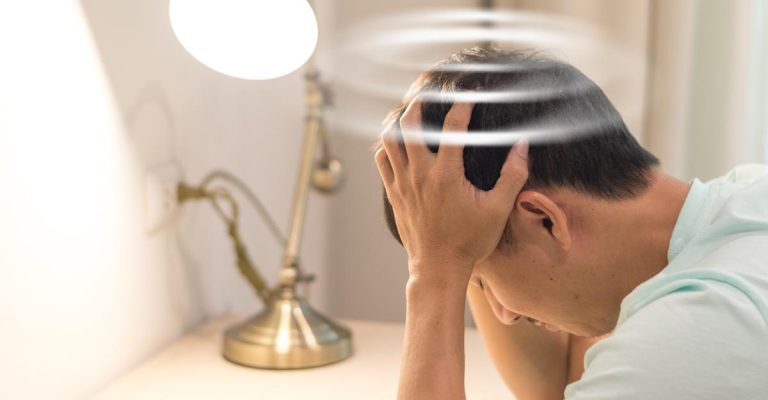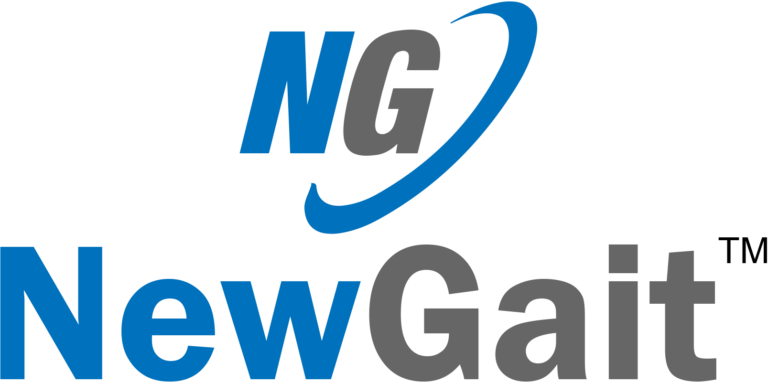We’ve all experienced dizziness and disorientation at some point in our lives. However, what happens when these symptoms persist and become more severe? It could be an early warning sign of a stroke or vertigo – two conditions that, despite sharing similar symptoms, require vastly different medical attention.
In this comprehensive guide, we’ll delve into the key differences between a stroke and vertigo, providing the necessary information to distinguish between the two and seek appropriate treatment as quickly as possible.
What is Stroke?
A stroke is a medical condition that occurs when there is a disruption in the blood supply to the brain. It can happen due to a blocked blood vessel (ischemic stroke) or a burst blood vessel (hemorrhagic stroke).
Strokes can lead to various symptoms, including sudden numbness or weakness in the face, arm, or leg, trouble speaking or understanding speech, severe headaches, dizziness, and loss of balance. Strokes are a medical emergency because they can cause brain damage within minutes.

What is Vertigo?
Vertigo is a medical condition characterized by a false sensation of spinning or movement, either of oneself or the surroundings, when there is no actual motion. It often feels like dizziness or a spinning sensation, leading to a loss of balance and disorientation. Vertigo can be caused by various factors, including inner ear problems, vestibular system disorders, head injuries, and even certain medications.
The inner ear plays a crucial role in maintaining balance and spatial orientation, so it can result in vertigo when it malfunctions or sends incorrect signals to the brain. Common conditions associated with vertigo include benign paroxysmal positional vertigo (BPPV), Meniere’s disease, vestibular neuritis, and labyrinthitis.
Stroke vs. Vertigo: What Symptoms do they have?
When an artery in the brain is clogged or ruptured, it leads to a medical emergency known as a stroke. In the absence of timely medical intervention, the progression of a stroke can result in permanent brain damage.
The hallmark symptoms of a stroke tend to manifest in the form of facial drooping, arm weakness, and slurred speech. Other atypical symptoms that could indicate a stroke are headache, nausea, numbness, and a feeling of vertigo.
Vertigo is a sensation that makes one feel as if the environment around them is spinning or moving. This condition is often accompanied by nausea and can be caused by problems in the inner ear, sensory nerve pathways, or brain.
Even though vertigo is a surprisingly common issue, it often goes undiagnosed until it becomes a serious problem. Therefore, if you are prone to this issue or display any of the symptoms mentioned above, you must seek medical attention immediately.
Vertigo shares some symptoms with a stroke, but these are not typical. Physicians may not be as prompt to identify the untypical signs of a stroke as they are with the hallmark symptoms of a stroke.
This failure to identify can result in misdiagnoses with grave consequences like increased disability and death. This is because brain damage intensifies with time when a stroke goes untreated.
Ordering the right test at the appropriate time is crucial, as it could make a significant difference. Therefore, obtaining timely and accurate results is critical to managing strokes and mitigating their serious effects.
Diagnosing Vertigo vs. Stroke
When an individual experiences vertigo stemming from problems in their inner ear, this type of vertigo is called benign vertigo, meaning it is non-harmful. It is typical for doctors to investigate benign vertigo when it is the only symptom present.
However, if other symptoms, such as nystagmus (involuntary eye movements) and nausea or vomiting, are present, medical professionals can utilize a new HINTS test.
The HINTS test is a three-part exam that focuses on testing eye movement to detect the occurrence of a stroke. It is crucial to note that this test can only be performed by medical professionals who have undergone formal training in this procedure.
During the examination, a patient will be asked to fixate on a target on the wall. At the same time, medical professionals move the patient’s head from side to side to analyze their eye movement. Specialists meticulously analyze the patient’s every move, including the slightest changes in their eye movement, to detect any signs of a stroke.
However, the availability of resources for administering the HINTS test is limited due to inherent challenges in training physicians to perform the test effectively. The complexity of the test demands months or even years of mentorship for physicians to master its techniques and interpret results accurately.
Despite the challenges, efforts to increase access to HINTS testing through expanded training programs and specialized resources are ongoing. Such initiatives aim to ensure that patients with stroke-like symptoms receive prompt and accurate diagnosis and are offered the best care to minimize long-term disability and improve recovery outcomes.
Testing & Timing
Diagnosing a stroke is crucial for timely and effective treatment, and a brain scan is the most common diagnostic tool doctors use. These scans use advanced technology, such as MRI or CT scans, to detect any changes in the brain that may indicate a stroke. However, each of these scans has its own strengths and weaknesses.
MRI scans are considered superior in detecting strokes, but they come at a higher cost. As a result, CT scans are more commonly used and are ordered for approximately 40% of emergency room admissions for dizziness.
Unfortunately, CT scans can miss more than 80% of brain stem and cerebellum strokes. This is a serious issue because brain stem and cerebellar strokes are known to cause vertigo. Such strokes can affect a person’s ability to balance and lead to dizziness, nausea, and other neurological symptoms.
According to recent studies, a small but significant percentage of hospital admissions related to vertigo are caused by cerebellar strokes, with approximately 3% of individuals being affected.
This suggests that healthcare professionals may need to reevaluate their diagnostic approach when dealing with vertigo symptoms. In particular, it may be advisable to opt for an MRI over a CT scan to increase the likelihood of identifying cerebellar strokes.
Despite this recommendation, it is important to note that an MRI scan is not a foolproof solution. In fact, even with an MRI scan, some strokes may still go undetected since the technology cannot identify strokes in the brain stem or cerebellum until at least 48 hours after symptoms have arisen.

Treating Stroke vs. Vertigo
Treating stroke and vertigo, involving dizziness and imbalance, demands distinct approaches due to their unique characteristics. Understanding these differences can be a lifeline in ensuring patient care.
Stroke
Stroke treatment revolves around two primary strategies:
Clot-busting Medication (Thrombolytic Therapy): For ischemic strokes provoked by blood clots, thrombolytic drugs like tissue plasminogen activator (tPA) can be administered intravenously. These medications dissolve clots, restoring blood flow to the brain. However, there’s a tight window—usually within 4.5 hours of symptom onset—for their effectiveness.
Mechanical Thrombectomy: A mechanical thrombectomy may be warranted when clots are too large or resistant to medication. This procedure deploys a catheter to physically remove the clot from the obstructed blood vessel.
Stroke treatment is time-critical, contingent on the stroke type, causation, and the patient’s medical history. Identifying stroke signs—like sudden limb weakness, speech difficulties, or a pounding headache—and seeking immediate medical attention can make all the difference.
Vertigo
Unlike stroke, vertigo seldom morphs into a medical emergency, and its treatment path diverges significantly:
Vestibular Rehabilitation: This therapy comprises exercises and maneuvers tailored to enhance balance and quell dizziness. Vestibular rehabilitation takes center stage for conditions like BPPV and vestibular neuritis, and a trained physical therapist is your guiding light through this journey.
Medication: In some cases, medication comes into play to mitigate vertigo symptoms. Antihistamines, antiemetics, or benzodiazepines can help manage the dizziness and nausea inherent to vertigo.
Epley Maneuver: Designed exclusively for BPPV, the Epley maneuver entails a series of head and body movements to reposition calcium crystals in the inner ear. Its execution often brings swift relief from vertigo symptoms.
Lifestyle Tweaks: For Meniere’s disease, lifestyle adjustments such as adhering to a low-sodium diet, diuretics, and stress-reduction techniques may be prescribed to tame vertigo flare-ups.
Ending Note
As medical technology advances, the methods for diagnosing and treating strokes and vertigo are also evolving. However, patients must understand the differences between these conditions and their respective treatments to receive timely and appropriate care.


